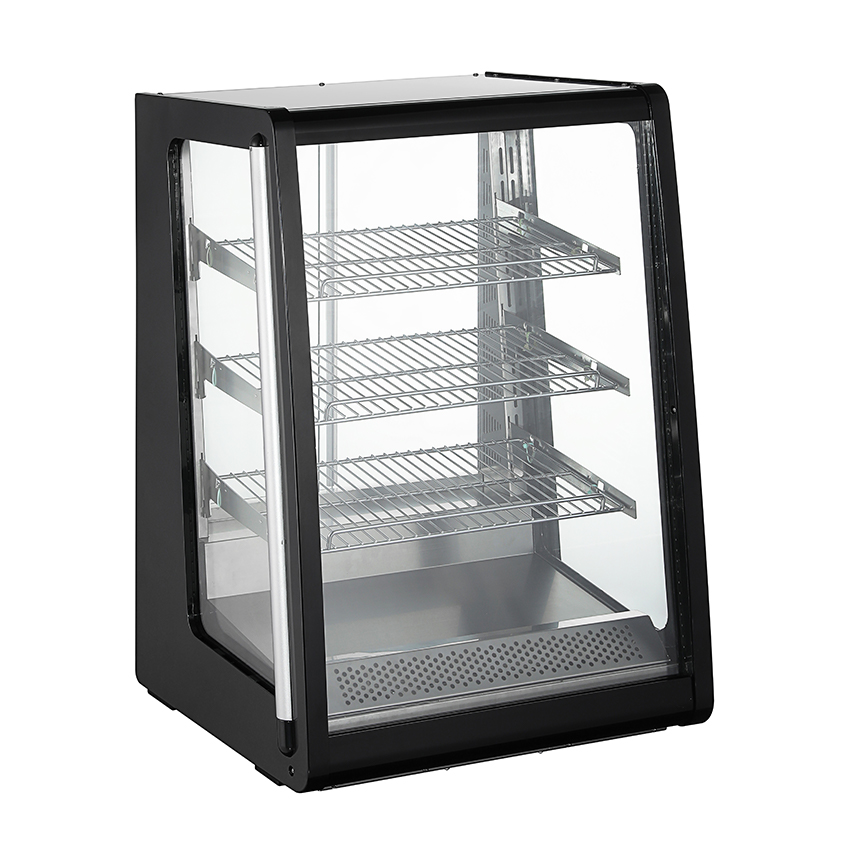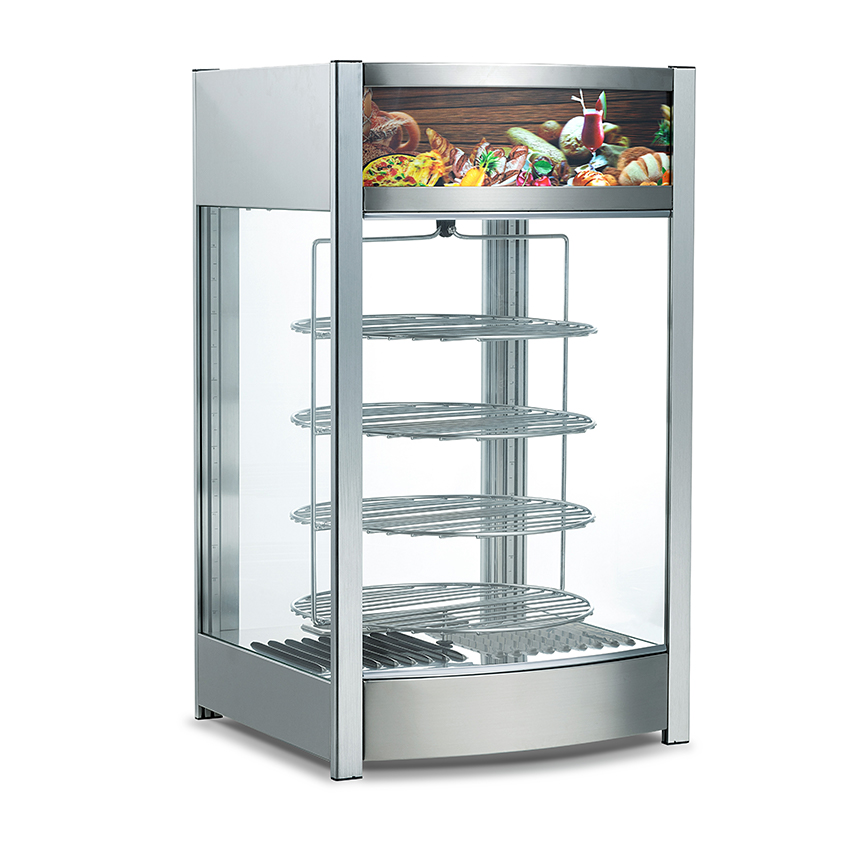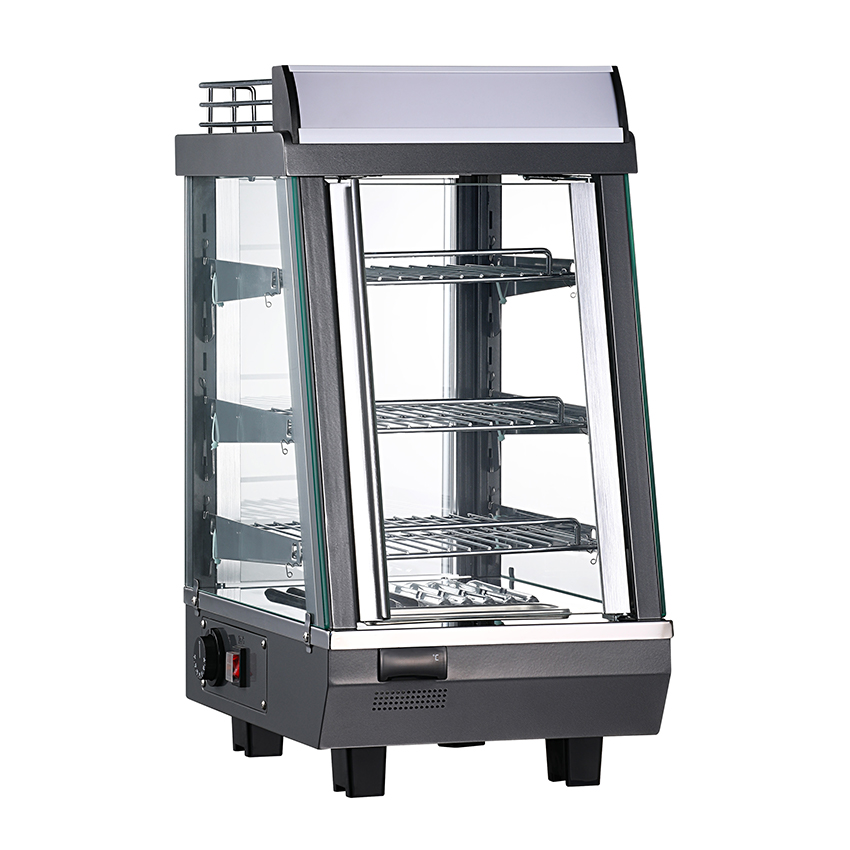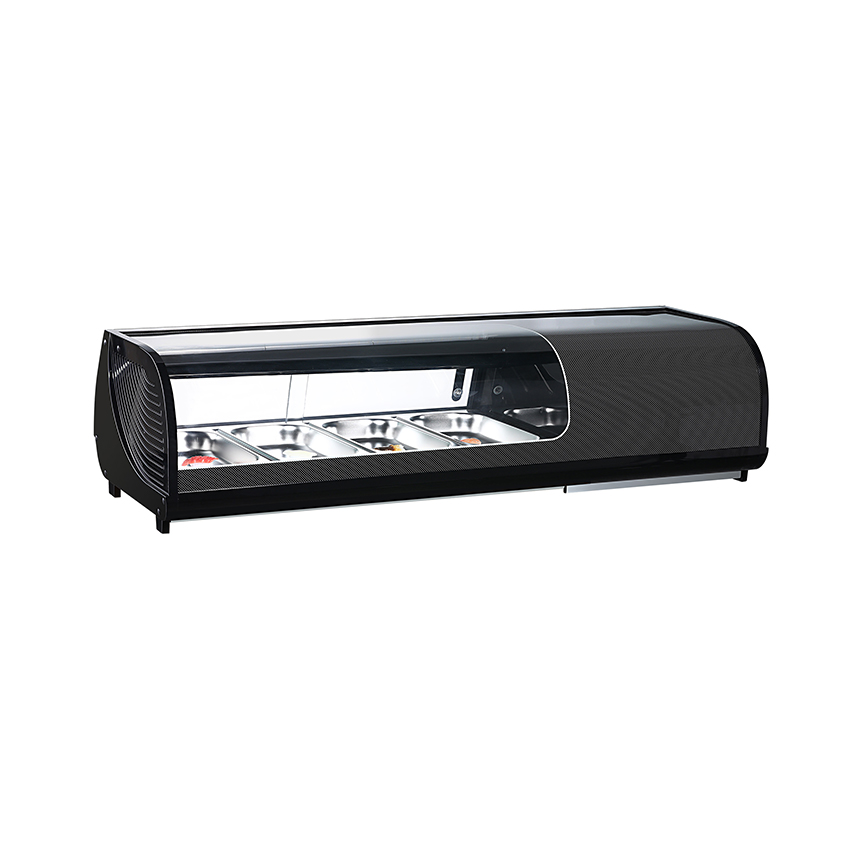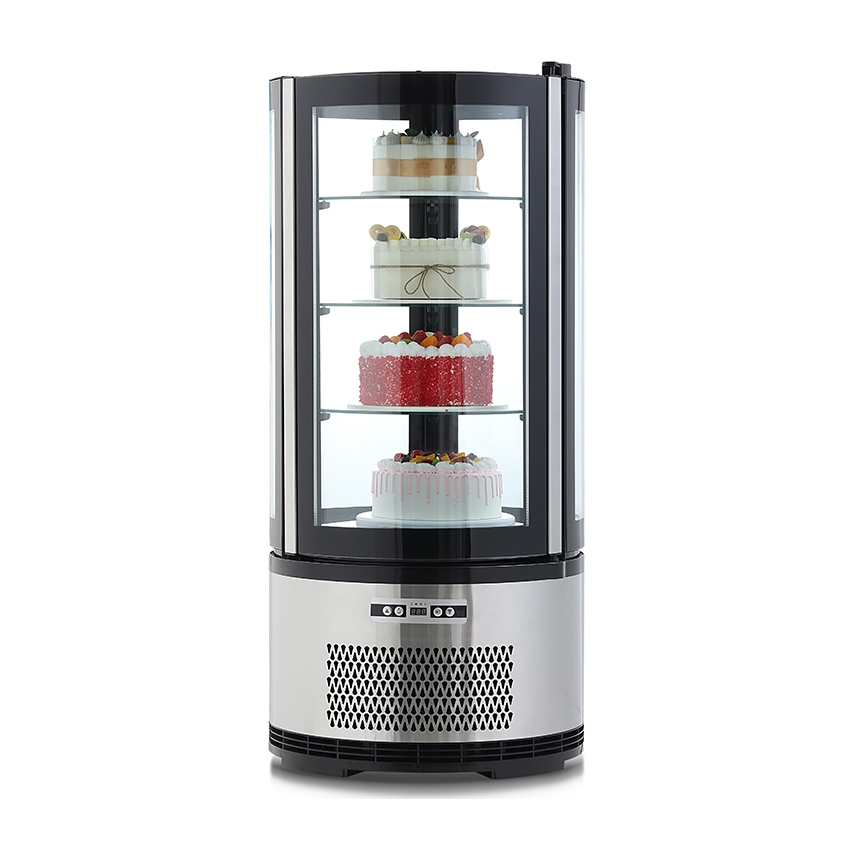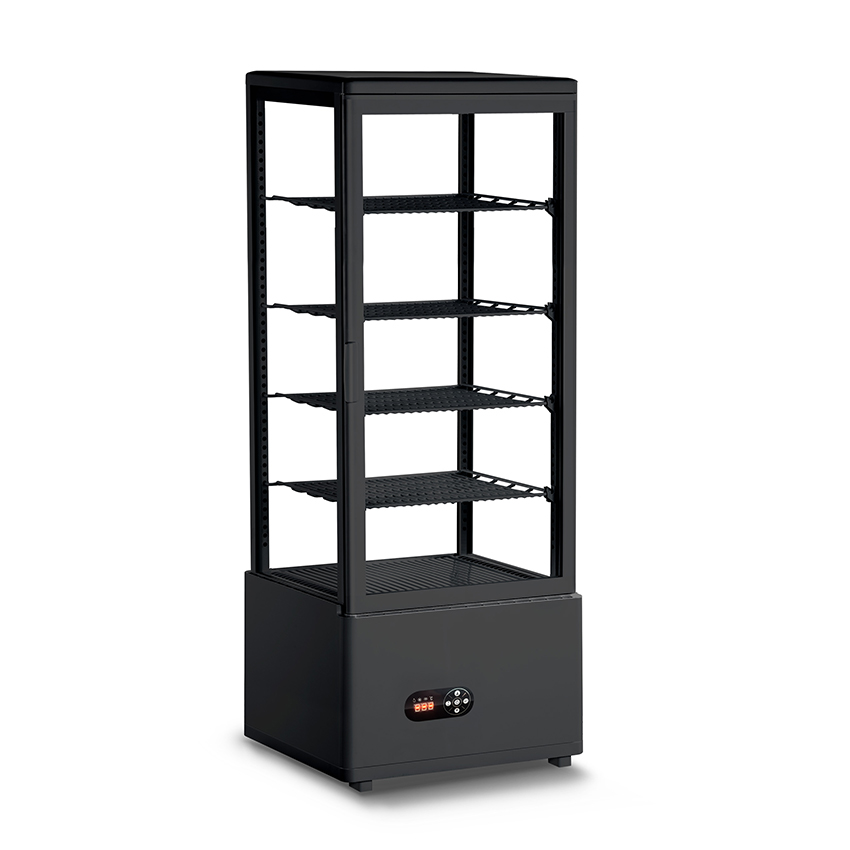Cake display cabinets are popular with customers for their beautiful shapes and various styles. They are rich in functions, including refrigeration and preservation, LED lighting, temperature control, etc. Whether it is a restaurant or a supermarket, cake display cabinets can meet the needs, add an elegant and fashionable style to the store, and attract customers' attention. The normal operation of the cake display cabinet directly affects the food preservation and display effect. However, various faults are inevitable in long-term use. Mastering the causes and solutions of common faults can quickly troubleshoot problems and ensure efficient operation of the equipment.
Content
1. Condensation system faults and solutions
- Poor heat dissipation of the condenser
Fault phenomenon: The compressor starts and stops frequently, the refrigeration effect is poor, and the temperature in the cabinet cannot be lowered.
Possible causes:
Dust or dirt on the condenser fins block the heat dissipation
Axial fan failure, resulting in poor ventilation
Ambient temperature is too high (such as near a heat source or direct sunlight)
Solution:
Clean the condenser regularly and remove dust with a soft brush or compressed air
Check whether the fan is operating normally and replace it if necessary
Ensure that the display cabinet is placed in a well-ventilated location to avoid high temperature environments
- Refrigerant leakage
Fault phenomenon: The compressor works but the cooling effect is poor, and the evaporator is unevenly frosted or not frosted at all.
Possible causes:
Leakage at the pipe welding point or valve
The refrigeration system has not been maintained for a long time, and the seals are aged
Solution:
Use soapy water or a professional leak detector to find the leak
After repairing the leak, vacuum and refill the refrigerant
2. Troubleshooting of abnormal refrigeration problems
Compressor failure
Fault phenomenon: The compressor does not start or the running noise is loud, and the cabinet does not refrigerate.
Possible causes:
Poor power contact or unstable voltage
Compressor capacitor damage (common for single-phase compressors)
Compressor mechanical failure (such as piston wear, valve damage)
Solution:
Check whether the power plug and line are normal
Replace capacitors of the same specification
If the compressor is damaged, it needs to be replaced
Evaporator icing/frost abnormal
Fault phenomenon: The evaporator is too thick or the frost is uneven, affecting the refrigeration effect.
Possible causes:
Defroster failure (common for indirect cooling display cabinets)
Aging of the cabinet door sealing strip causes humid air to enter
Thermostat temperature sensor position offset
Solution:
Check whether the defrost heater is working properly
Replace the sealing strip
Adjust the temperature sensor position to ensure that it is close to the evaporator return air pipe
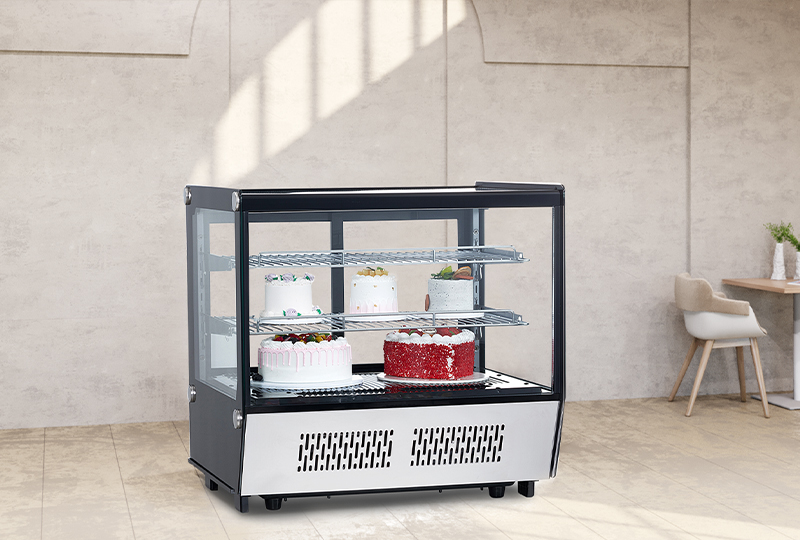
3. Mechanical and temperature control failure
Thermostat failure
Fault phenomenon: The temperature in the cabinet is too low or too high, and the compressor does not stop.
Possible causes:
Thermostat contacts are sticking
Refrigerant leaking in the temperature sensing package
Solution:
Remove the thermostat for inspection or replacement
Manually adjust the temperature control screw (such as T1/T2 screw) to calibrate the temperature
Abnormal noise or vibration
Fault phenomenon: There is a metal collision sound or continuous vibration during operation.
Possible causes:
The exhaust pipe/intake pipe is loose and collides with metal parts
Fan blades are deformed or screws are loose
Solution:
Refix the pipe to avoid contact with metal parts
Correct the fan blades or tighten the screws
4. Lighting system maintenance
The lighting is not on
Fault phenomenon: The light does not light up after opening the cabinet door, affecting the display effect.
Possible causes:
The bulb is damaged
The door switch contacts are oxidized or damaged
Solution:
Replace LED lights or fluorescent tubes
Clean or replace the door switch
5. Daily maintenance suggestions
- Regular cleaning: Clean the condenser and check the fan every month.
- Check the sealing:Make sure the cabinet door sealing strip is not damaged.
- Avoid overloading:Do not place too many items to avoid blocking the air outlet.
- Professional maintenance: Have a professional check the refrigerant pressure and circuit every year.


 English
English русский
русский Español
Español Français
Français عربى
عربى italiano
italiano
